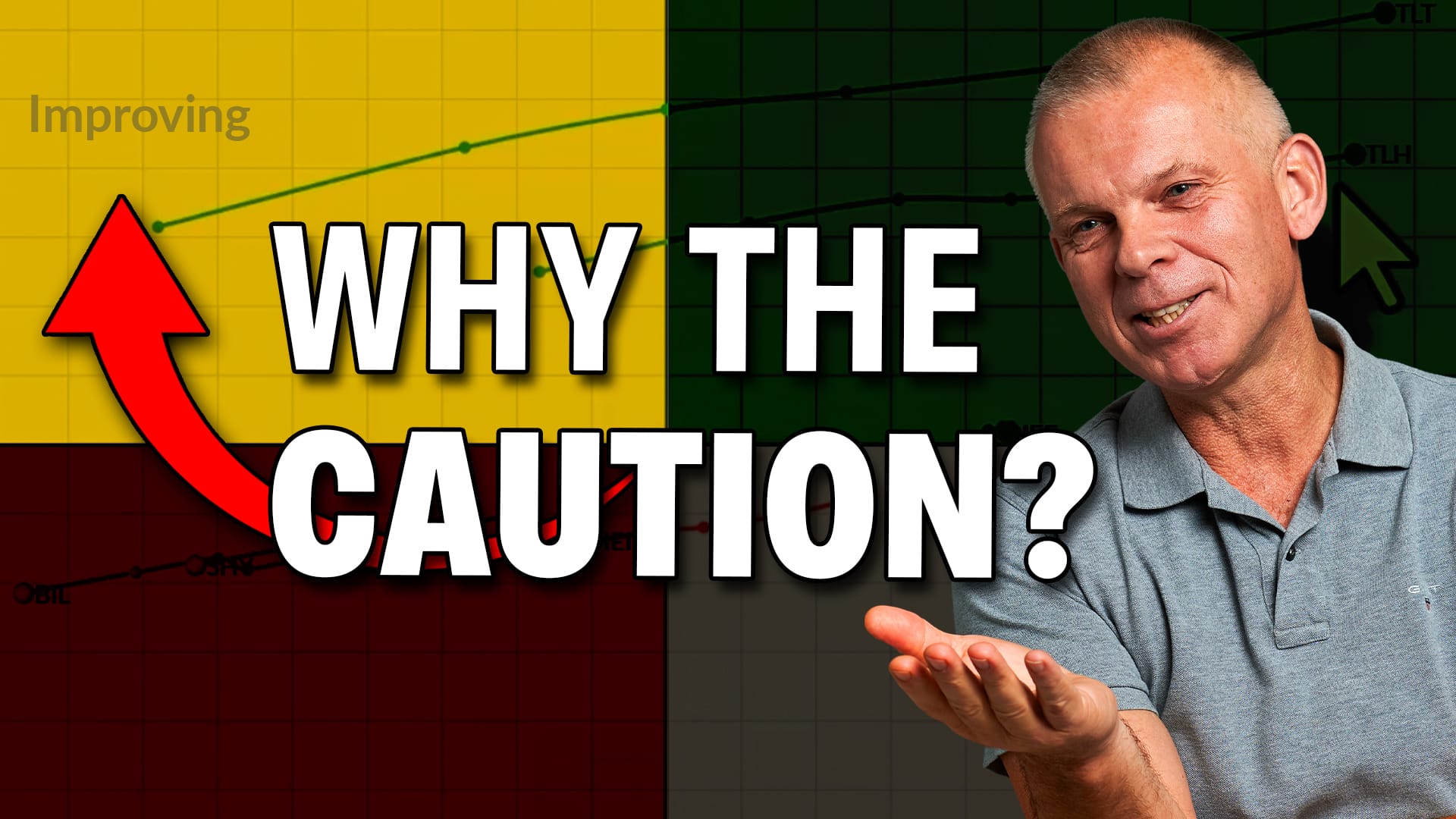MARKET IS TESTING LONG-TERM MOVING AVERAGE LINES -- NO SIGN OF IMPROVEMENT ON SECTOR CHART --
WEEKLY EMA LINES AT CRITICAL SPOT... I received a number of requests to review some of our moving average indicators starting with the 13-34 exponential moving average (EMA) combination. Charts 1 and 2 compare that combination to the daily and weekly chart of the S&P 500. The daily lines in Chart 1 turned negative earlier in the month and are still negative. [A short-term sell signal exists when the faster (blue) line crosses below the slower (red) line]. There's no sign of improvement in those short-term lines. The first sign of improvement would be a price crossing above the blue line and then an upturn in the blue line itself. Neither has happened yet. The 13- and 34 week EMAs in Chart 2 may be more important. That chart shows the faster blue line nearly touching the slower red line. That last time that happened was in the summer of 2006. In that earlier case, the blue line held and started to rise again. The current EMA alignment puts the market in a critical spot. At no time since the bull market started more than four years ago has the 13-week EMA (blue line) fallen below the 34-week EMA (red line). That's why the weekly lines bear close watching at this critical juncture.

Chart 1

Chart 2
S&P TESTS 80-WEEK MOVING AVERAGE ... There's another important moving average test going on. And it's the 400-day (or 80-week) moving average (these are simple, or arithmetic, moving averages). Chart 3 shows the S&P 500 threatening that long-term support line after bouncing off it in mid-August. Chart 4 converts the 400-day to the 80-week moving average line. That chart shows that every downside correction over the last four years found support at the blue line. That also puts the S&P 500 at a critical juncture.

Chart 3

Chart 4
20-MONTH AVERAGE COMES FROM BOLLINGER BANDS ... I've explained in the past that the 80-week moving average is actually derived from monthly Bollinger Bands. The middle line in Chart 5 is the 20-month moving average. During bear markets (2000 to 2003) prices trade between the 20-month (resistance) line and the lower band. During bull markets (2003 to 2007), prices trend between the 20-month (support line) the upper band. In other words, the middle (20-month) line acts as major resistance in a bear market and major support in a bull market. The S&P 500 bounced off the 20-month (or 80-week) moving average during corrections in 2005, 2006, and 2007. That long-term support line hasn't been broken since late 2000. That's why a downside break at this point wouldn't be a good sign for the market. It's also worth noting that the 2007 peak in the S&P 500 coincides with the 2000 peak. That puts it in a long-term resistance area where peaks often form.

Chart 5
MARKET STILL ON DEFENSIVE... From a sector standpoint, Chart 6 shows that little has changed over the past couple of weeks. Financials and consumer discretionary (including retail) stocks remain the market's weakest groups (along with homebuilders and REITs). Defensive groups like utilities and consumer staples (and healthcare) remain the strongest. We'd need to see some change in those existing trends to support any kind of substantial yearend rally. So far, there's no sign of it. Falling interest rates continue to weaken the dollar, which has supported rallies in gold and oil. That's worrying the market as well. A falling dollar (and rising commodities) makes it harder for the Fed to lower interest rates which may be the medicine the stock market needs to cushion its fall. Falling rates are keeping a strong bid under Treasury Bonds and Notes. As I said before, little has changed over the last couple of weeks.

Chart 6








